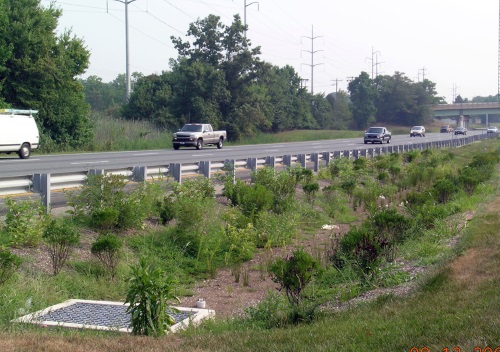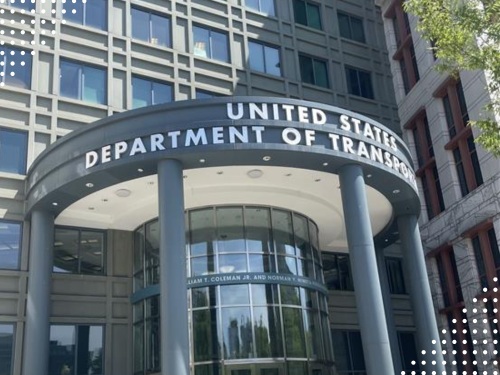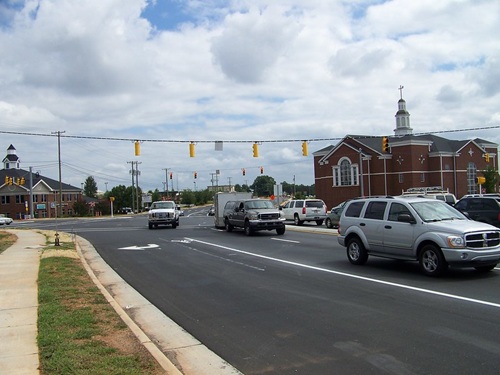The American Association of State Highway and Transportation Officials recently commented on a request for information issued by the U.S. Environmental Protection Agency regarding its “Waters of the United States” or WOTUS rulemakings over the past several years.
[Above image by AASHTO]
In previous comment letters, AASHTO proposed a “definition” of WOTUS that would both provide “adequate protection” for aquatic resources while making that definition “easier and more straightforward” for the regulated community to understand and thus apply.

In this latest comment letter, AASHTO especially emphasized the need for WOTUS rules to contain “clear standards” to determine the jurisdictional status of roadside ditches, ensuring that the rule clearly excludes most roadside ditches from its regulatory requirements.
In practice, that means clearly defining terms such as “relatively permanent” and “continuous surface connection” in WOTUS rules. “The application of these definitions significantly affects compliance determinations of state departments of transportation and their ability to perform routine maintenance and project delivery,” AASHTO said in its comment letter.
AASHTO thus recommended that EPA adopt a scope and definition for “relatively permanent” and “continuous surface connection” that excludes roadside ditches and isolated stormwater drainage and management features as jurisdictional and WOTUS.
“These exclusions will provide state DOTs confidence and certainty in their Clean Water Act permits and compliance determinations for work in and around roadside ditches and other drainage features,” AASHTO said.
The organization also stressed that any action EPA take where WOTUS terminology is concerned be “clear, concise, and final,” as frequent changes, especially to WOTUS definitions, affect the ability of state DOTs to deliver transportation projects on time and on budget.
“Projects can span multiple years in development, and changing definitions can result in the need to revisit jurisdiction and lead to re-work of base plans, increasing cost and delaying ultimate construction,” AASHTO pointed out.
 Top Stories
Top Stories


